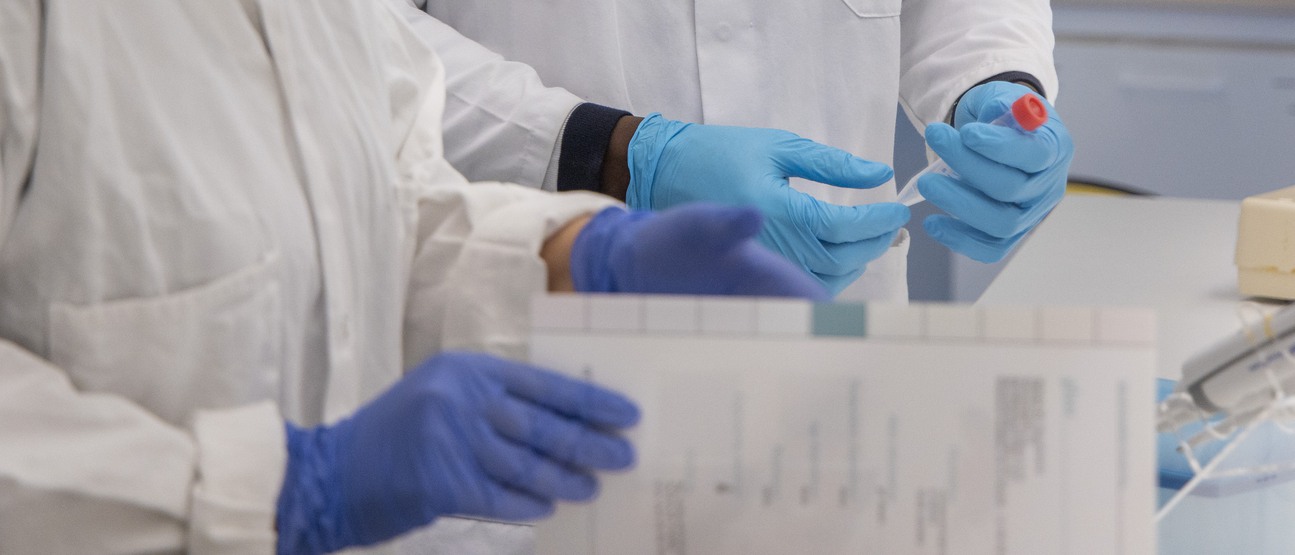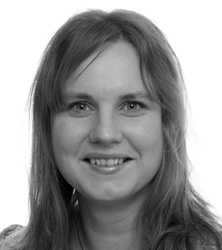Katarina Ejeskär
School of Health Sciences


We investigate genes that cause cancer aggressiveness. We specifically focus on the childhood cancer tumor neuroblastoma, which occurs in the nervous system of young children. Some tumors are more aggressive than others, and the difference is what has happened to the genes in the tumor. If the tumor has lost some of the genes on chromosome 11, the child has a poor prognosis. We test the properties of genes that have been lost, to see if those specific lost properties are something that will benefit the tumor cell. We want to replace those properties through different types of treatments, and in this way kill the tumor cell. We analyze clinical/genetic data and make experiments in cultured cells and in fruit flies.
Neuroblastoma is a malignant childhood tumor. Aggressive forms of neuroblastomas can be divided into two groups with different genetics: either with many copies of the gene MYCN or loss of part of chromosome 11 (11q-deletion). It is not yet known what it is on chromosome 11 that causes the tumor to become aggressive.
We examine genes that have been lost in 11q-deleted aggressive neuroblastomas, and how they are dependent on and interact with other genes. We do experiments in cell culture, where we can both silence genes and overexpress them, and then look at properties that are important for cancer cells, e.g. fast cell division, growth signaling and the ability for apoptosis. We use neuroblastoma cells both with and without 11q deletion, and can compare how the different types of neuroblastoma respond to different treatments.
We also examine the gene function in the fruit fly, where we silence the gene in neuroblast cells and see if tumors are formed. We also overexpress genes, or introduce specific mutations in genes through the CRISPR method. There are several elegant systems for doing this in the fruit fly. In the fly, we can also test how treatments affect the tumor cells, depending on the gene changes that have caused the tumor.
Children with high-risk neuroblastoma undergo very aggressive treatments, and yet many do not survive. In particular, neuroblastoma with 11q deletion is very difficult to treat. To develop new therapies it is important to have a good biological understanding. It is a big advantage to know if it is a specific gene that is causing the aggressiveness of the tumor, then you can concentrate on trying to compensate for exactly the function of that gene. We have shown that the DLG2 gene, that is lost in 11q-deleted neuroblastomas, has important properties. By carefully mapping the function of DLG2, our hope is that this can be used as a specific target in future new cancer treatments.
